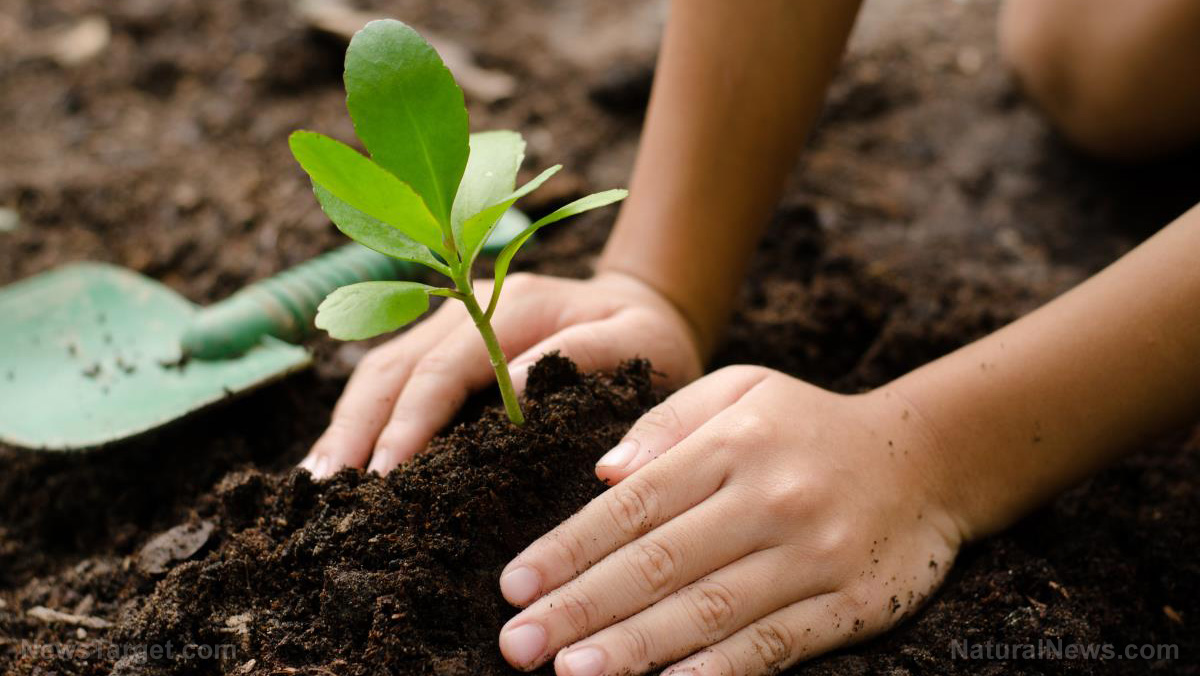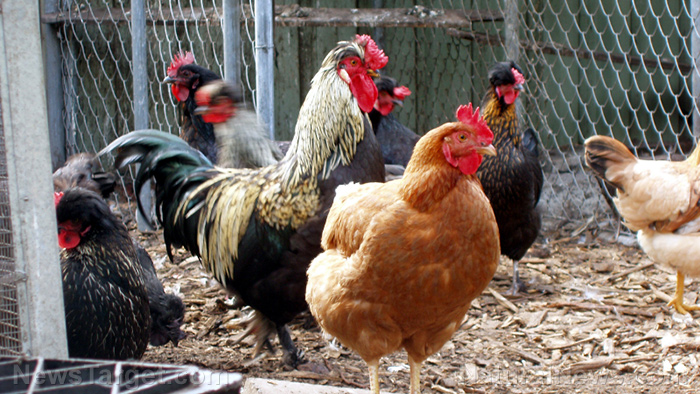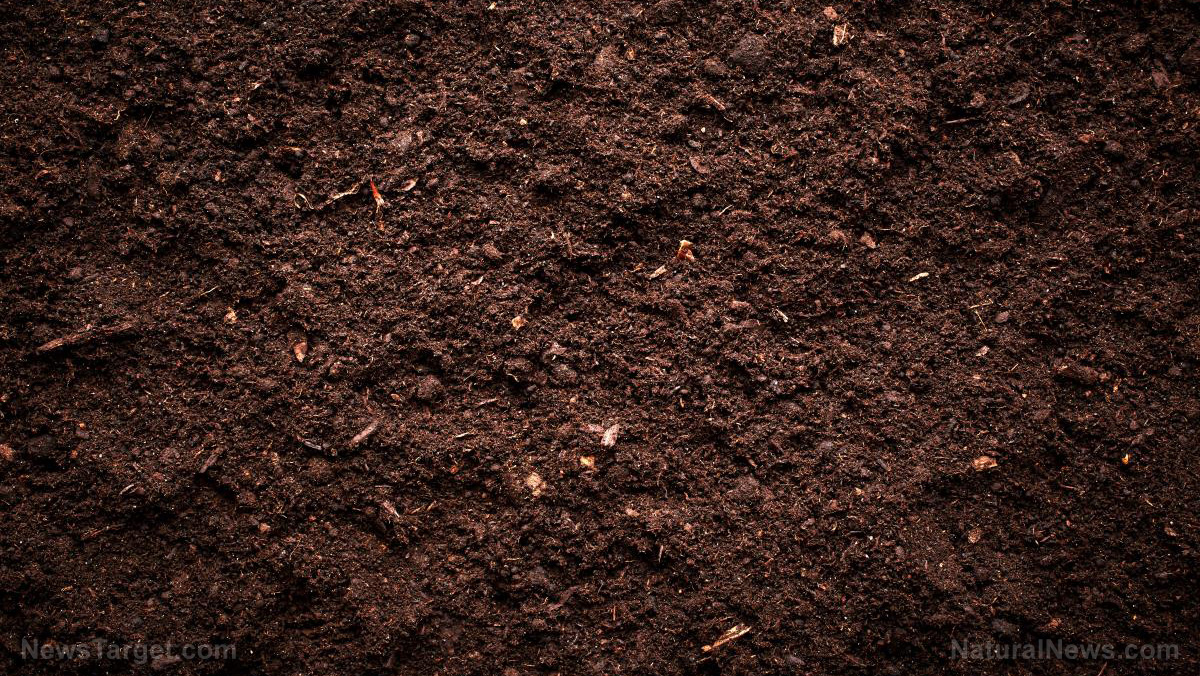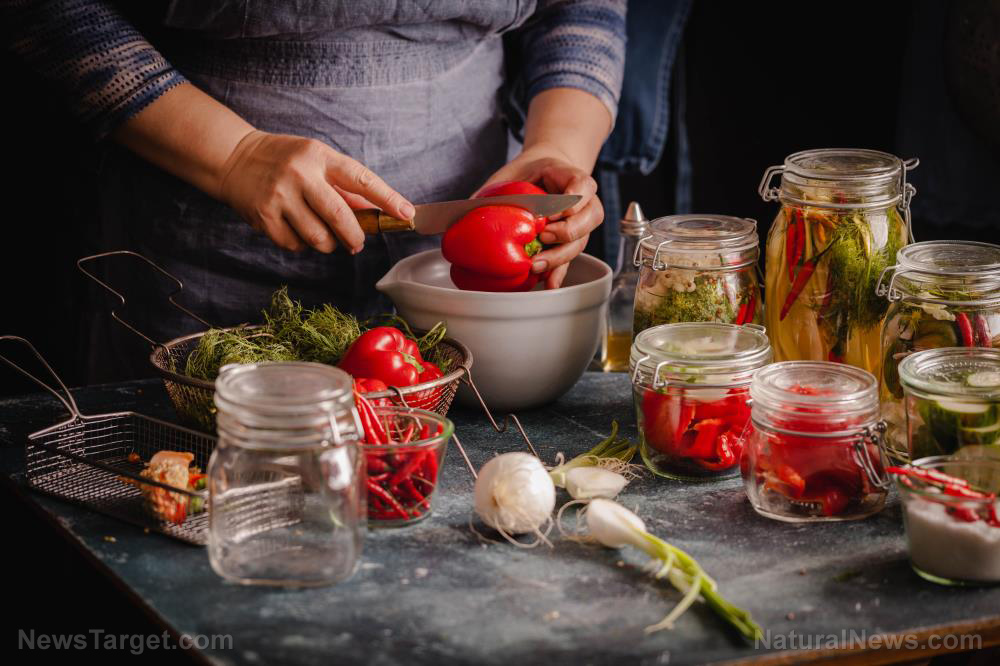Unbelievably cheap and healthy: Try these great ideas for your home vegetable garden that don’t break the bank
09/14/2018 / By Zoey Sky
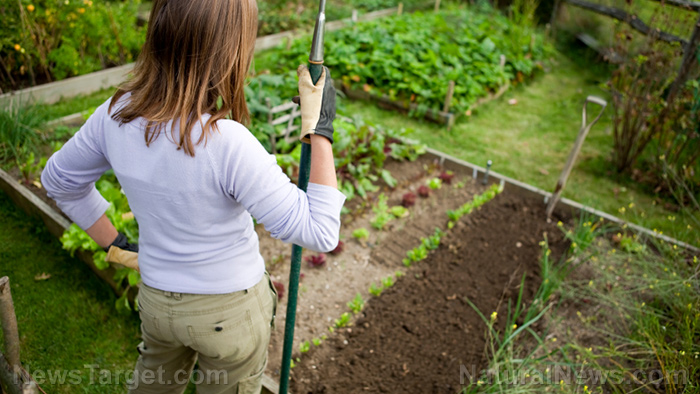
You don’t need a green thumb to grow a home vegetable garden. If you want to start cultivating vegetables in your backyard, you only need to know what kind of plants to grow, the tools you need, and how to properly take care of your chosen veggies.
By learning how to cultivate a DIY home garden, you won’t just be saving money on produce, you’d even start living a healthier lifestyle. Once you get the hang of looking after your home garden, you can be sure that the veggies you eat are free from harmful GMOs and pesticides.
According to MotherEarthLiving.com, there are five easy ideas that you may want to try when starting your home vegetable garden.
Laying a strong foundation
- Sow your seeds — Before you can enjoy a bountiful harvest, it’s normal to have to shell out a couple of bucks when purchasing seeds for your home vegetable garden. But don’t worry, your savings will steadily add up once your veggies grow. Expensive pots aren’t necessary for your herbs and plants. You can stick to some low-budget planters. GoodHousekeeping.com even has tips for turning simple household objects into unique planters for your veggies. Beginners at home gardening can turn anything from baby jars, old chairs, and cans into decorative planters.
- Learn to make compost — Keep your spending to a minimum by making your own compost. Compost, often called “nature’s own waste management process,” involves nutrients being reintroduced into an ecosystem. To make compost, you need to gather organic materials such as fruits, leaves, logs, etc. Let them sit for some time. After these materials decompose, you can use the compost to minimize food waste and enrich your garden’s soil with various nutrients that will keep your veggies strong and healthy. You can use the compost in your home vegetable garden once the material turns a dark and rich color.
- Start simple — Before you get too ambitious, pick a handful of veggies and herbs that a beginner like you can easily grow. Consider buying thyme seeds, which, upon harvest, can be used to add a burst of flavor to various recipes such as roast chicken or delicious steaks. Other easy-to-grow vegetables include potatoes, squash, tomatoes, and zucchini. These veggies are salad and meal staples, and you can add them to any dish when it’s time to harvest your crops.
- Grow herbs along with your veggies — While it can be tempting to grow carrots right away, various herbs such as chives, mint, and thyme are much easier to cultivate. You can grow different herbs in small pots, as opposed to other veggies that might need more space to grow such as potatoes.
Make the most of your garden
Aside from the tips listed above, you can make the most out of your DIY veggie garden by:
- Consider transplants — These are plants that are at least a couple of weeks old. By using transplants in your home vegetable garden, you have an advantage as opposed to starting with seeds. While transplants will cost more than seeds, they are still a cheaper option compared to buying your leafy greens from the supermarket.
- Making space for raised beds — These can make organizing your garden easier. With raised beds, you’ll have more time to look after the abundant crops in your DIY veggie garden.
- Tending to smaller, leafy plants like arugula and spinach — These plants grow closer together, so you can grow other veggies in the extra space.
- Using a trellis — A trellis can easily increase your vegetable yield per square foot. Green beans and vine squash will thrive on trellises.
You can even turn your home vegetable garden into a fun family project that everyone can enjoy. Teach the kids about veggies and herbs. Taking care of your home vegetable garden can eventually turn into valuable lessons about the importance of a healthy diet and caring for nature.
Learn more about home gardening tips at HomeGardeningNews.com.
Sources include:
Tagged Under: DIY gardening, gardening guide, gardening tips, home gardening, home vegetable garden, homesteading, vegetable gardening

